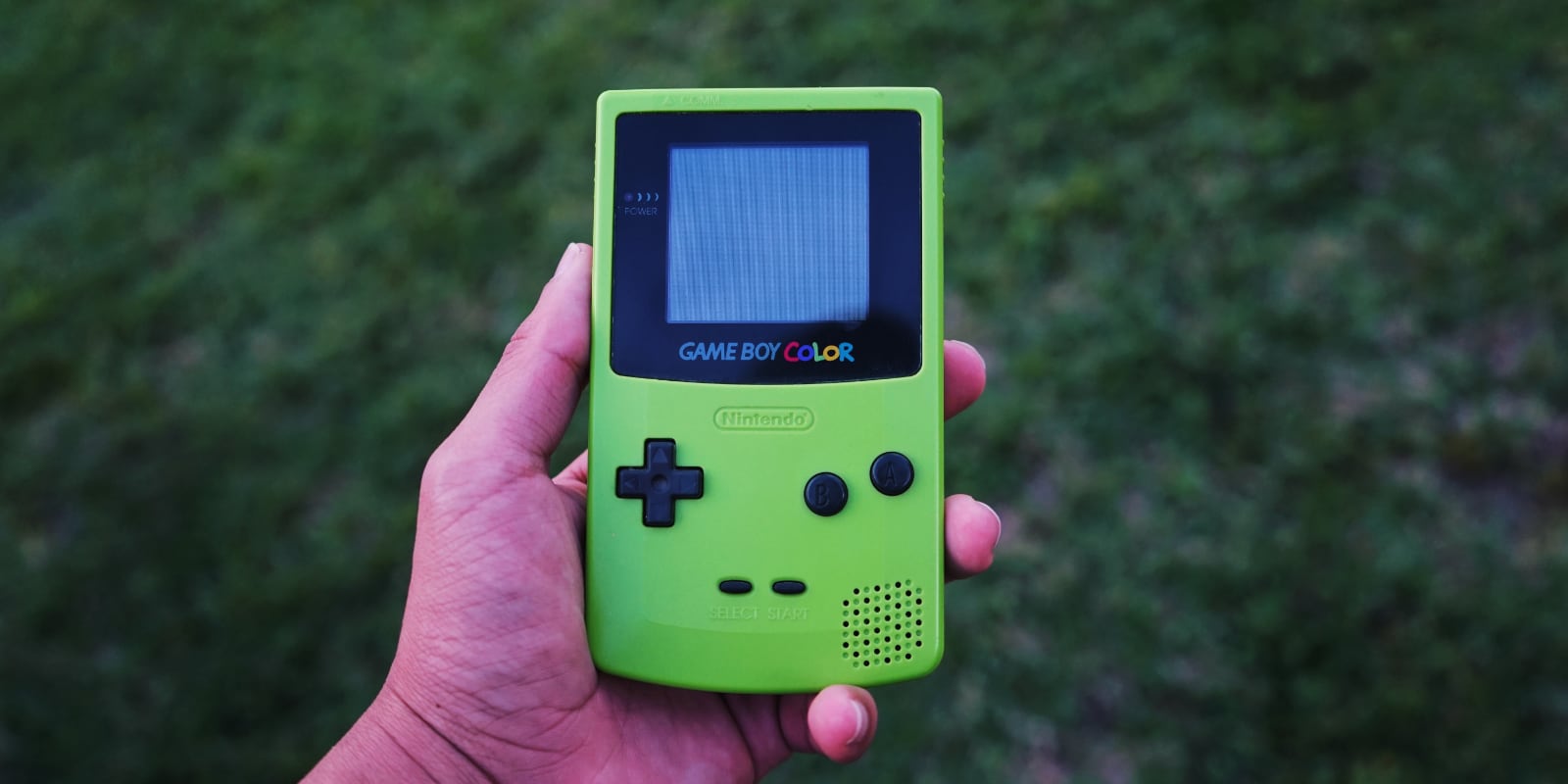The Nintendo Switch only launched back in 2017, but Nintendo only waited until 2019 before launching the Nintendo Switch Lite. That's not all either. Rumor has it that we could either see an upgraded Switch or a full-blown sequel console coming in 2021.
Of course, this isn't anything new for Nintendo. While the company has always been relatively conservative with its big-boy consoles, its handhelds have seen plenty of mid-generation upgrades. Don't believe me? Let's take a look.
Game Boy Color (1998)
The NES was, of course, a massive hit, but it's easy to argue that the Game Boy was where Nintendo really began to take the world by storm. The system's hardware was modest, but the handheld's port of Alexey Pajitnov's Tetris alone made the system worth buying.
The Game Boy was so good that it didn't get a successor until 1995 with the Game Boy Color. Even then, the Game Boy Color was essentially a half-step upgrade. While it played its own non-backward compatible games, its main goal was to breathe new life into old Game Boy games while Nintendo prepared its true predecessor to the Game Boy, the Game Boy Advance.
Game Boy Advance SP (2003)
The Game Boy Advance boasts one of the most impressive libraries of 2D games in all of gaming history, and that's saying something. That said, the original release of the Game Boy Advance hardware was such a disaster that it's hard to believe the system didn't bomb.
The original Game Boy Advance could barely show off its 32-bit color graphics thanks to the screen, which wasn't backlit. In broad daylight, you'd get a hint of how good they looked, but indoors the screen was so hard to see that Triton Labs sold the Afterburner kit to add a backlight to the handheld's screen.
The Game Boy Advance SP, released in 2003, not only added a backlight to the screen, but introduced the clamshell design Nintendo would use for its next few handhelds. This, combined with the amazing catalog of games, made the Game Boy Advance a handheld worth celebrating.
Nintendo DSi (2008)
The Nintendo DS was a great system, but somewhat chunky and unweildy at release. The DS Lite took the system and, following in the footsteps of the Game Boy Advance SP, added a bright screen, made it slimmer and lighter, and generally made it more portable.
The DSi was a curious upgrade, as it added a pair of cameras. More importantly, it added the DSi shop and DSiware games. This was Nintendo's first foray into digital games, which would pave the way for the eShop on the Nintendo 3DS and then the Switch.
New Nintendo 3DS (2014)
The Nintendo 3DS was the opposite of the original DS in some ways, as instead of launching too big and then getting a smaller model, it launched small. This paved the way for the 3DS XL released in 2012. That made sense, while the Nintendo 2DS, released in 2013 didn't. That model removed the 3D feature and the clamshell folding mechanism, making it large, unweildy, and generally unpleasant to use.
The New Nintendo 3DS was nice, but confusing. Not only was the name a head scratcher, but it also featured slightly upgraded internals. This meant that some games released, like the 3DS port of Xenoblade Chronicles, would only work on the New Nintendo 3DS, not the other models.
Revisiting More Nintendo History
While Nintendo isn't shy about repacking its older games, there are surprisingly few re-releases of games from its handheld systems. This means, unfortunately, that you won't find many Game Boy or Game Boy Advance games available on the Nintendo Switch. Maybe someday, but not yet.
That said, if reading this article has you hankering for some old-school NES and SNES games, there are plenty available as part of Nintendo's Switch Online subscription. For an idea of what to play first, take a look at our list of NES and SNES hidden gems available to subscribers.

